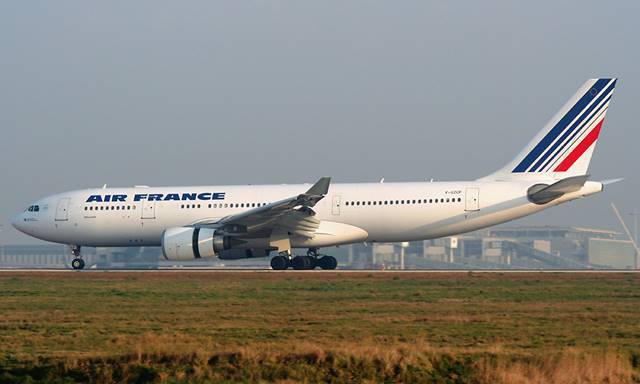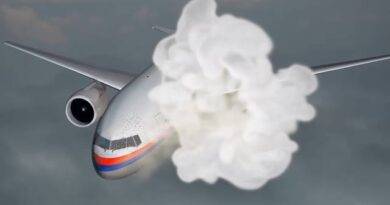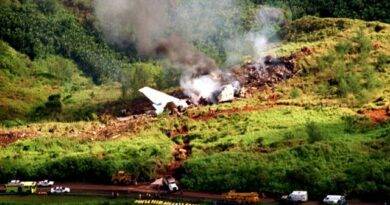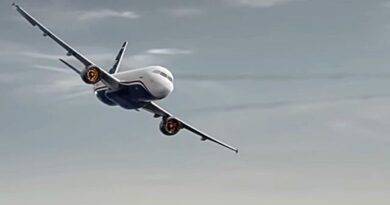Air France Flight 447 – June 1, 2009
On June 1, 2009, Air France Flight 447, a scheduled international flight from Rio de Janeiro, Brazil, to Paris, France, crashed into the Atlantic Ocean, killing all 228 people on board. The accident remains one of the deadliest in aviation history and has led to significant changes in the way airlines train their pilots and operate their aircraft.
The flight was operated by an Airbus A330-203, a popular twin-engine wide-body aircraft that had an excellent safety record at the time. The plane took off from Rio de Janeiro-Galeão International Airport at 7:03 p.m. local (22:03 UTC) time and was scheduled to arrive at Paris-Charles de Gaulle Airport at 11:15 a.m. local time the following day. The flight was uneventful for the first several hours, but at around 2:00 a.m. the aircraft encountered a thunderstorm and entered an area of severe turbulence. (The aircraft involved in the accident was a 4-year-old Airbus A330-203, with manufacturer serial number 660, registered as F-GZCP. )
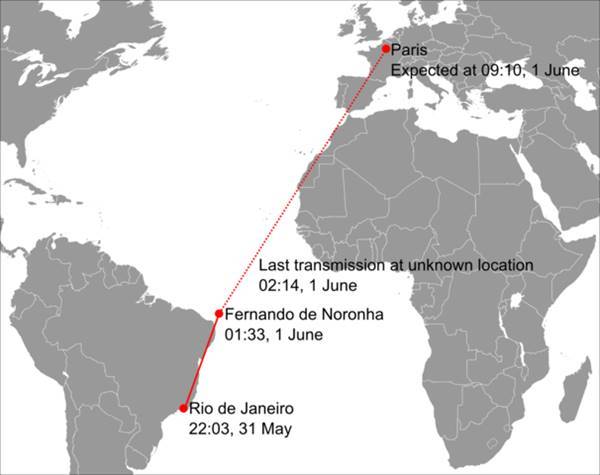
source: wikimedia commons – public domain
Autopilot and Autothrust Systems Disengaged
The captain, who was not at the controls at the time, had left the cockpit to take a break. The two co-pilots, who were less experienced than the captain, were flying the plane. The turbulence caused the plane to experience some brief disruptions in its speed sensors, which caused the autopilot and autothrust systems to disengage. The co-pilots, who were not used to flying the plane manually, struggled to maintain control of the aircraft.
At this point, one of the co-pilots made a critical mistake. He pulled back on the control stick, which caused the plane to climb rapidly. The other co-pilot noticed the mistake and tried to correct it by pushing the control stick forward, but the first co-pilot continued to pull back. The plane eventually stalled and began to fall out of the sky.
The stall warning system sounded, but the co-pilots did not seem to recognize the seriousness of the situation. They continued to pull back on the control stick, causing the plane to enter a flat spin. The captain returned to the cockpit and tried to take control of the aircraft, but it was too late. The plane crashed into the ocean at a speed of around 150 miles per hour.
High-Altitude Stall
The investigation into the accident revealed that the co-pilots had not been trained to recognize and recover from a high-altitude stall. They had also not been trained to fly the plane manually in the event of a loss of autopilot and autothrust systems. In addition, the investigation found that the plane’s pitot tubes, which measure airspeed, had become clogged with ice, causing the speed sensors to fail. This was a known issue with the Airbus A330, and the manufacturer had recommended replacing the pitot tubes with a newer model, but Air France had not yet done so.
The accident led to significant changes in the way airlines train their pilots and operate their aircraft. Pilots are now trained to recognize and recover from stalls at high altitude, and they are also trained to fly their planes manually in the event of a loss of automation. In addition, airlines now use more advanced technology to monitor the performance of their aircraft in real time and to identify potential issues before they become serious.
The Air France Flight 447 accident was a tragic event that could have been prevented with better training and technology. While the loss of 228 lives is a devastating outcome, the lessons learned from the accident have helped to make air travel safer for everyone.
Featured Image Source:
By Pawel Kierzkowski – Own work, CC BY-SA 3.0, https://commons.wikimedia.org/w/index.php?curid=7937860
Sources:
NBC news, BBC, wikipedia, britannica
